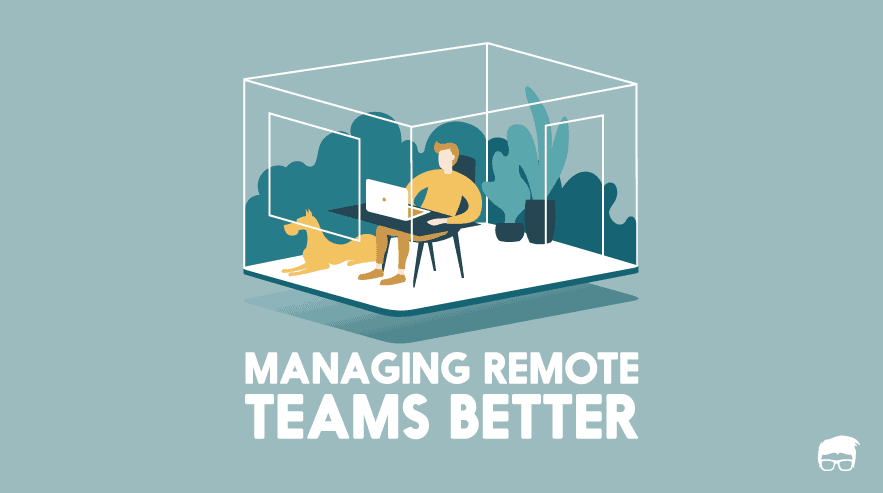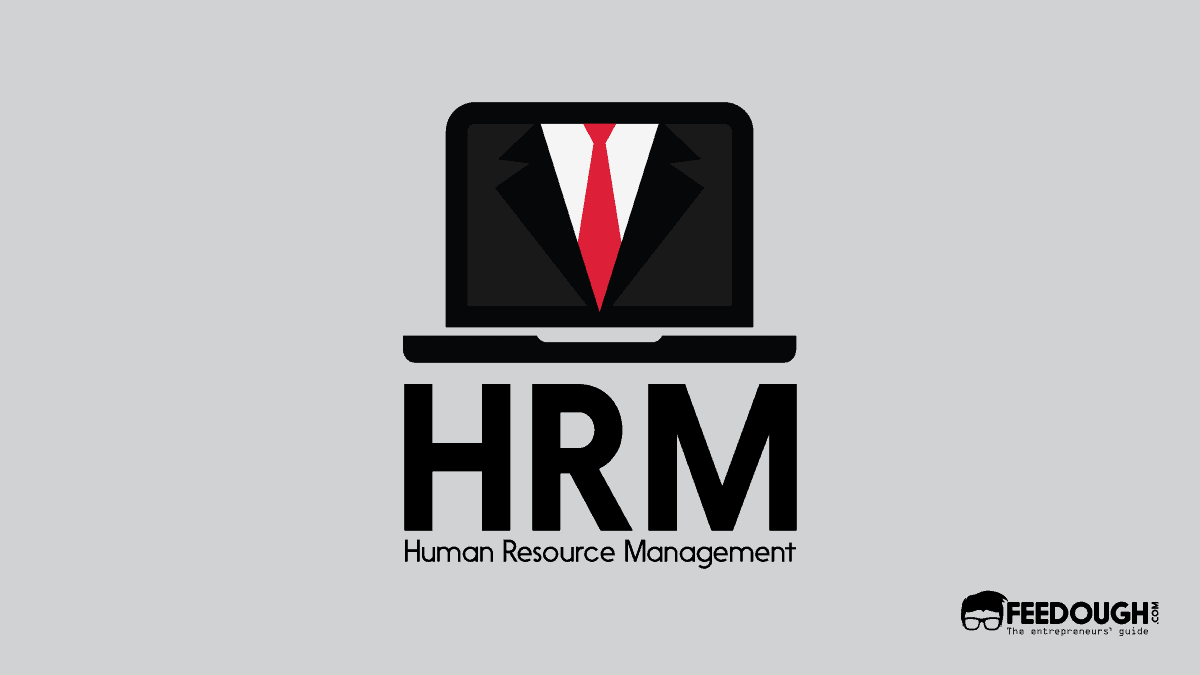The Internet has made networking a lot easier than before, and emerging technologies have made the virtual world a reality. Moreover, interaction with a person miles away is just a matter of a few clicks today.
Consequently, these advancements are also reshaping the corporate world giving rise to remote teams in the workplace. Businesses are increasingly adopting virtual work set up to harness the best practices worldwide. After all, they can achieve higher productivity levels and save costs simultaneously.
Essentially, a remote team’s purpose, people, technology, and process of a remote team are the key elements that guide its performance. Therefore it is crucial to build and manage a virtual team efficiently.
To understand better, let’s look into the building and managing the critical factors in a virtual team.
How To Build A Virtual Team?
Building a virtual team is no rocket science. The key to building an efficient virtual team is acknowledging the company’s goals and roping in resources according to these goals.
Therefore to lay the foundation of a virtual team, it is essential to:
Hire The Right People
Remote teams can hire the best talent from skilled workers due to the virtual setup. However, it is not only skills and qualifications that matter.
The exemplary remote workers need to be hired for consistent performance and sustainability. Therefore while hiring remote workers, they must have:
- Technological Aptitude: The work processes in a virtual team are carried out using technology. Right from planning to delivering results, different technology platforms are used to work together without being present in the same physical space.
Therefore people wired with the basic technical know-how are preferred for a virtual team. It makes virtual working seamless and efficient. - Experience of Self Management: They should have practised self-management in their capacity. That is, they should have done freelancing, remote work, or entrepreneurial projects or invested in hobbies.
This is important because a remote team has minimum supervision, and the individual member owns a task from beginning to end. The member is expected to deliver the results at pace with other team members to fulfil objectives. - Good Communication Skills: The downside of a virtual work setup is the lack of in-person interactions. Therefore, it is of prime importance to hire those people who can express themselves concisely and clearly through virtual modes of communication.
Good writing skills, for instance, is the core ability of a remote worker as most of their day is spent sending emails and reciprocating them. - Healthy Social Support System: Virtual working can get monotonous due to a lack of interpersonal connections and social meet-ups. Therefore, back at home or the place where the remote worker works, the presence of a healthy social support system is essential.
A candidate with good social bonds, hobbies, and interests will exhibit greater productivity and deliver good results.
Build The Team Around An Objective
In the absence of a physical workspace, identifying and communicating the company’s needs is the key to building a virtual team. After the people are hired, they should be onboarded for a common objective.
Emphasis on the overall objective provides clarity to the workers and ensures automatic supervision. With virtual teams, the pursued goal may be a short-term or a long-term plan. The company may change its goals with the project’s changing needs, client requirements, etc.
Set Clear Expectations
Setting objectives is not enough. It is vital to project the results and set out certain expectations as well.
Moreover, it becomes essential in a virtual setup lacking the necessary supervision mechanisms. Setting clear expectations leads to timely completion of the job and ensures accuracy, keeping workers on the right track.
These expectations are a guiding light for the employees and set standards for their performance. For example, defining deadlines, data sources, tools to be used, components of the report, etc., maybe some expectations drawn for the employees. These expectations may be based on performance efficiency, work processes, or final results.
Document Everything Online
The roots of a business come from its processes. And detailed documentation of every process makes the company more efficient.
As far as a virtual team is concerned, online documentation is necessary. Virtual storage serves the same purpose for a remote unit that hardcover documents and reports do for a physical team.
Moreover, online documentation with a unified database helps fill workforce gaps. Because when a series of jobs are defined and documented, it becomes easier for the new person to take over.
No matter how complex it may appear, documentation is the way to the business’s organised working and success. Documentation at every step guides future actions and sets performance standards and expectations. This could also be the gospel for the trainees or freshers in the team.
Get Suitable Digital Tools
To set up a virtual workspace, identifying the company’s work requirements is the key. Once the job profile to be carried out is clear, it becomes easier to select the technological tools to be employed.
Moreover, the virtual implements should be accessible and easy to use- the more adaptable the technology, the smoother the operations.
A virtual team may employ the following digital implements:
- Instant Messaging Tools: Virtual team members need to be in constant touch with one another, and instant-messaging tools make it possible. They come in handy for getting updates, discussing issues, and fixing them through brief interactions for which a video call may be excessive. These tools also provide flexible options for one-on-one interaction with members rather than the entire team. Google Hangouts, Slack, Rocket chat are a few examples of popular instant-messaging tools.
- Video Conferencing Tools: Face-to-face interactions in a virtual team are made possible through video conferencing tools. They come in handy for detailed discussions, brainstorming, reviewing processes, and informal sessions in a virtual setup. These tools make collective interaction in a virtual team seamless through various chat and collaboration options. Moreover, they primarily enable collaboration with different work tools, which makes working together easier. Ushare, Microsoft Teams, Zoom, etc., are a few examples of video conferencing tools that give more of a human connection in a virtual setup.
- Project Management Tools: Work activities undertaken for different projects are collaborated using project management tools. They come in handy for allocating tasks and responsibilities, tracking the progress, contribution and review by peers, and real-time work updates. These tools work like the dashboards for the remote teams and organise their work processes. Proofhub, ClickUp, Basecamp are a few examples of the same.
- Digital HR Tools: The employees of a remote team are managed through digital human resource tools. They come in handy throughout the recruiting process, maintaining an online database of employees, training, and compensating them digitally. Recruitee, SAP Global, Jazz HR are examples of digital HR tools.
- Scheduling Tools: Finding the standard time and collaborating schedules is the key to getting work done in a remote team. Therefore, work time schedules are managed through scheduling tools. These tools make available the work time slots of each member, which makes connecting easier to get the work done. Google Calendar, Calendly, Doodle are some tools that help manage the work schedules of remote employees.
- Storage Tools: A remote team’s documents, records, and work files are kept in place using virtual storage tools. They help save the work on past projects, share work files with the entire team, update content, and save necessary credentials for the team. DropBox, Google Drive, and SharePoint are storage tools worth considering for hassle-free working in a remote setup.
- Virtual Whiteboard Tools: A remote team can perform a job only when all its members are on the same page. And virtual whiteboard tools translate these individual thoughts into collective action. These tools provide a common canvas to the team to brainstorm and plan together to achieve their goal. Moreover, options like comments, sharing, and syncing further ease the collaborative process. Stormboard, MURAL, Explain Everything are some noteworthy examples of virtual whiteboard tools.
How To Manage A Virtual Team?
Once the foundational setup of a remote team is done, the work policies and processes come into the picture. A remote team’s work and success ultimately depend upon how well a team is managed in a virtual setup.
Therefore, to govern a virtual team, it is vital to:
Upskill People
Training is an essential aspect of a virtual team.
Entire business takes place in a virtual setup in a remote team. Therefore skill-based technical training is essential to improve job performance continuously. Advancements in technology require frequent updates of know-how and training as well.
Moreover, companies also strive to build the soft skills of their remote workers for their overall development. Sessions and workshops on leadership, communication, productivity stress management, etc., may be undertaken to serve the purpose.
Build Trust And Connections
People are social beings and want emotional connections even in a work environment. Moreover, virtual team members belong to different regions, ethnicities, linguistic groups, etc. therefore, trust is the binding force that builds harmony in a virtual team.
Therefore, informal team-building activities are essential for developing meaningful relationships in a virtual team; everyday team-building activities are crucial. Once trust is established, the delegation of responsibilities becomes more manageable, and members can easily harness the synergies of working together as a team.
Delegate Responsibilities
The working of a remote team is built around the central objective. And this primary objective is then divided into smaller goals. These smaller objectives guide the individual team member’s performance.
Responsibilities are allocated according to the expertise different members bring to the team. Tasks are divided, and duties are assigned to fulfil every team member’s particular micro objective. Completing these micro objectives translates to the fulfilment of the larger aim of the business.
Collaborate Online Work Schedules
Team members of a remote team are usually dispersed geographically. The team members never meet up physically to carry out business, so work schedule collaboration is vital.
Understanding the workers’ work patterns and efficiency levels is essential to arrive at a standard work schedule for all the team members. Moreover, workers should be trained so that they are flexible to changes in their work routine to adjust to changing needs of the business.
All these factors contribute to a healthy work-life balance and high productivity level of remote workers through work schedule collaboration. It is important to note that acknowledging the personal needs of each team member plays a crucial role in achieving this collaboration.
Check-In Regularly
The virtual work setup minimises the physical supervision and intervention by mentors. Yet regular check-ins are a great way to streamline business and keep working on what matters.
Keeping track of the employee activities helps ascertain their performance and indicates the project’s progress.
Moreover, brief work updates also resolve the problems quickly and more efficiently.
These regular check-ins, in addition, make the workers comfortable along the work hierarchy and develops connections with peers. Moreover, companies could develop specific personalised indicators to communicate the importance and urgency of the action and explain the same to the team for matched energy and collaboration.
Secure And Update The Digital Tools
A remote work setup requires virtual database and business records. Since every business operation is routed virtually, the workspace is prone to online threats and malpractices.
Therefore, it becomes vital to protect the digital links and secure the online workspace.
Installing anti-virus, exploring the security options of digital tools, using two-way authentication, using VPN, separating personal and professional login windows, clearing the cache, etc., are some ways to secure the digital work setup.
A remote team is built on technology; therefore, continuous updates and revamp of these digital implements are essential for the overall efficiency of operations.
Maintenance of technology via regular updates, re-licensing, etc., is crucial to reduce inefficiencies. Besides, constant digital up-gradation optimises the work and makes it more accessible, an added advantage.
Ensure Smooth Communication
Communication is the basis of functioning in a virtual team. A good communication network should be planned and executed for formal operations.
Smooth communication translates to fewer errors, better productivity, and better results.
Selection of appropriate communication tools, developing the suitable communication style and training in the same format, specifying communication deadlines, selecting formal email templates for work, etc., are essential communication protocols to be decided upon.
Measure Real-Time Progress
Measuring the progress of the team’s work is as important as the work itself.
Therefore the business should work standards for measuring every members’ contribution to the team individually and collectively. It helps in setting deadlines, exemplars for best practices, and benchmarking with competitors’ performance as well.
These progress indicators can also project the remote team’s strengths and weaknesses, which can be addressed promptly.
Bottom Line
Ultimately the people, process, and technology define the capability of a remote team. And it becomes essential to strengthen each component for collaborated functioning.
Moreover, according to Statista, remote teams are more productive, inclusive, and employee-friendly. These benefits, coupled with rapid digital transformation, definitely project that virtual teams are the way ahead. Therefore understanding the essentials of virtual team-building will make businesses stand in good stead in the future.
Go On, Tell Us What You Think!
Did we miss something? Come on! Tell us what you think about our article on building virtual teams in the comments section.
A fervent reader, research maniac, and a go-getter with a knack for opinionated content. Janvi has actively contributed to educational institutions, startups, and non-profit organisations through her structured and expressive writings. Often found socialising, playing with dogs, and photographing.








